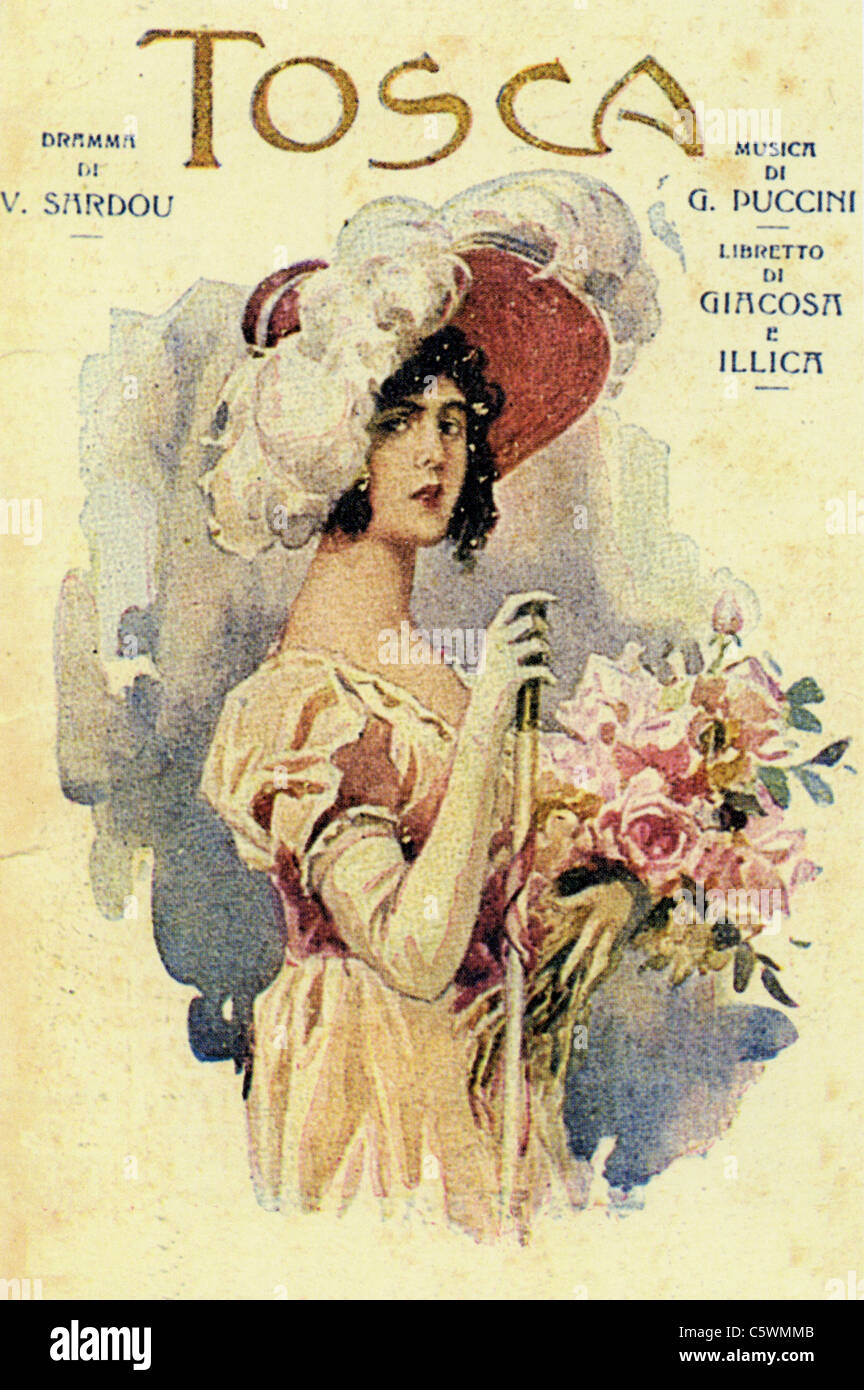

Tosca places silver candles on either side of his body as well a crucifix atop it, before declaiming grandly, ‘And before him all Rome trembled!’. Scarpia’s grand apartment in the Palazzo Farnese, where Cavaradossi is tortured and Tosca voids the quid pro quo of sex for her lover’s life by stabbing the brutish, licentious chief of police, is sumptuous and elegant in muted shades of blue. The Church of Sant’Andrea della Valle, where Cavaradossi paints and Scarpia utters his infamous oath, ‘Tosca, you make me forget God!’ and the Castel Sant’Angelo, where Tosca leaps to her death defiantly shouting, ‘Scarpia, we meet before God!’, might have been renderings of these sites on one-hundred-year-old postcards. (This was the last of a five-performance run.) The production is a reminder of how paint, canvas and lighting in the right hands can evoke time, place and atmosphere in three dimensions as effectively as the most architecturally and elaborately detailed sets, which might add a tad more realism but nowadays are budget busters for most opera companies. In 2015, Rome Opera recreated Hohenstein’s original designs for its new production of Tosca. There he created the classic, and still popular, posters for Puccini’s La bohème, Tosca and Madama Butterfly, as well as the set and costume designs for the premiere of Verdi’s Falstaff. Petersburg to German parents, became a set and costume designer for La Scala Milan and subsequently the artistic director for Ricordi Graphical Workshops. Upon moving to Milan in 1879, Hohenstein, who was born in St.

Tosca premiered at Rome’s Teatro Costanzi on 14 January 1900 with sets and costumes by Adolf Hohenstein, the father of Italian poster art and a proponent of the Stile Liberty, the Italian version of Art Nouveau. Sets – Adolf Hohenstein (reconstructed by Carlo Savi)Ĭostumes – Adolf Hohenstein (reconstructed by Anna Biagiotti)

(RP) Liudmyla Monastyrska (Tosca) & Claudio Sgura (Scarpia) © Yasuko Kageyama

Italy Puccini, Tosca:Soloists, Teatro dell’Opera di Roma Orchestra and Chorus / Pier Giorgio Morandi (conductor), Teatro dell’Opera di Roma, Teatro Costanzi, Rome.


 0 kommentar(er)
0 kommentar(er)
